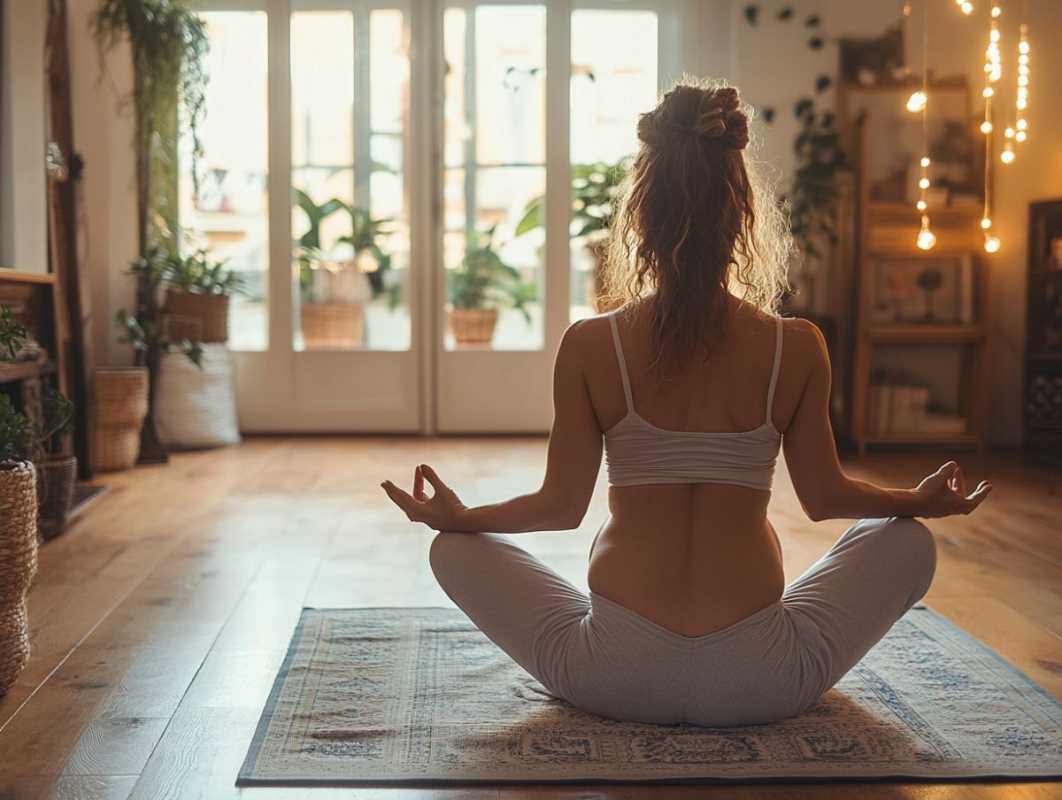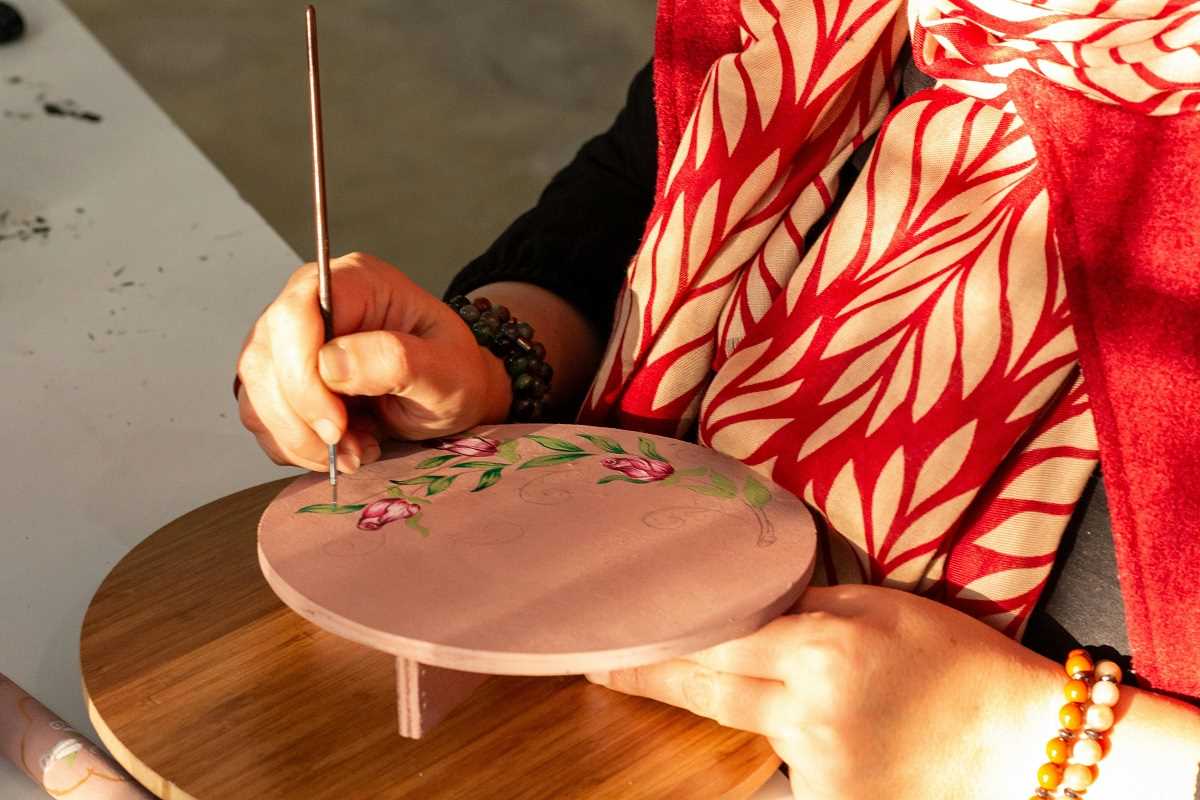Social media has become a big part of everyday life. It’s where people connect, share moments, and discover the latest trends. But for all its benefits, there’s a not-so-hidden challenge tied to social media use: it can have a significant impact on mental health. The endless scroll, the curated feeds, and the constant notifications can sometimes feel overwhelming, leaving people anxious, distracted, or drained. The good news is that social media doesn’t have to feel this way. By developing mindful habits and setting boundaries, it’s possible to enjoy its perks without sacrificing mental wellness. Here's how to approach social media with intention and balance.
Recognizing the Impact of Social Media on Mental Wellness
Social media affects the mind and emotions in different ways, and the effects can vary from person to person. For some, connecting with friends online feels uplifting and supportive. For others, excessive time spent scrolling can lead to feelings of inadequacy or stress. What’s important is identifying how social media makes you feel and recognizing patterns that might not serve your mental health.
Studies have shown that heavy social media use can sometimes contribute to heightened feelings of loneliness, lower self-esteem, and even symptoms of anxiety or depression. Comparing your everyday reality to someone else’s highlight reel can lead to a distorted view of life or yourself. However, when used mindfully, social media can become a source of positivity by promoting connections and exposing you to inspiring ideas.
Setting Boundaries That Work for You
One way to maintain mental wellness while using social media is by setting personal boundaries. Having clear limits on when and how much you use social media can help prevent overuse. The goal isn’t to cut yourself off completely but to create a healthier relationship with the platforms you use.
Here are some helpful ideas for setting boundaries:
Limit your screen time. Use your phone’s settings or apps to track your time spent on social media and set daily limits.
Designate phone-free moments. For example, avoid checking social media during meals or before bed. This helps reduce distractions and creates time for other mindful activities.
Curate your feed. Unfollow accounts that bring up negative feelings or don’t align with your values. Follow accounts that inspire or uplift instead.
These boundaries are flexible and can be adjusted to fit your unique needs. The key is choosing what feels manageable and effective.
Practicing Mindful Social Media Use
Mindfulness is all about being present in the moment. When it comes to social media, practicing mindfulness can help cut through the noise and make your time online more intentional. Instead of mindlessly scrolling, it’s possible to use social media in ways that align with your goals or values.
One strategy is to pause and reflect before opening an app. Ask yourself whether you’re looking to connect, learn something new, or unwind. If you’re logging on out of boredom or habit, this pause can help reconsider whether it’s the best use of your time.
Another mindful approach is to focus on quality over quantity. You don’t need to engage with every piece of content you see or keep up with every story. Choose interactions that feel meaningful or enjoyable, and avoid the pressure to respond or react to everything.
Avoiding the Comparison Trap
One of the biggest challenges of social media is the tendency to compare. Scrolling through photos, successes, and updates from others can sometimes leave you feeling like your own life doesn’t measure up. This highlights the importance of remembering that social media is often curated. People tend to share their best moments, not their challenges. What you see is only part of the story.
To combat comparison, practice gratitude for what you already have. Focusing on your own strengths, achievements, and joys helps shift your perspective. Another helpful tip is to disengage from accounts that make you feel inadequate and surround yourself with posts that inspire or motivate you instead.
Building Positive Connections
Social media at its best is a tool for connection. It can foster real friendships, provide access to support groups, and spark meaningful conversations. One way to make the most of these benefits is by engaging authentically. Comment with intention, send encouraging messages, and be supportive in online communities. Showing up with kindness online doesn’t just uplift others; it adds value to your own experience too.
If you’re looking to deepen connections, consider using video calls, direct messages, or voice notes to interact with others more personally. Remember that meaningful connections don’t come from the number of friends or followers but from quality exchanges that feel genuine.
Taking Breaks When Needed
Sometimes the best thing you can do for your mental wellness is to take a break from social media altogether. Stepping away helps reset your mind and break cycles of overstimulation. This doesn’t have to be a long-term commitment; even short breaks can bring clarity and greater balance.
During these breaks, try focusing on offline activities that bring you joy or relaxation. Whether it’s reading a book, going for a walk, or spending face-to-face time with loved ones, these moments away from your screen offer space to recharge. After a break, you might return to social media with a healthier perspective on its role in your life.
Managing Notifications and Distractions
Notifications are designed to grab your attention, but they can also disrupt focus and amplify stress. Managing these notifications can give you more control over how and when you engage with social media.
Customize your settings to turn off non-essential alerts. For example, mute notifications for likes or comments and leave on only those that are truly important, like direct messages. Checking apps on your own schedule rather than reacting to notifications prevents constant distractions and can improve mental clarity.
Using Social Media to Promote Positivity
Social media doesn’t have to be all negative; there are plenty of ways to use it for good. Sharing uplifting content, joining communities that reflect your passions, or using platforms to learn from experts are all productive alternatives to endless scrolling.
Some people use social media to create vision boards, follow mental health advocates, or join wellness challenges. By creating or sharing content with intention, you not only shape what you consume but also inspire positivity in others.







